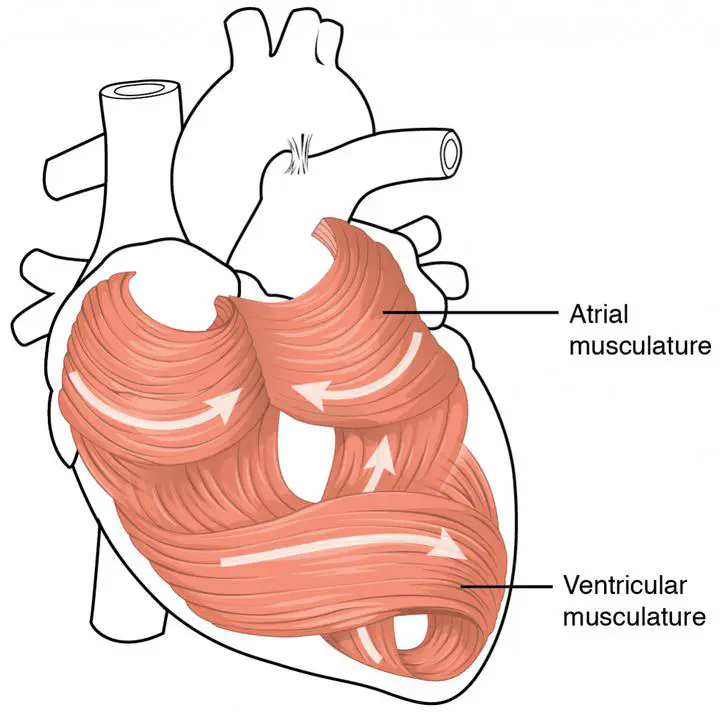Multi-scale unfolding homogenization method applied to bidomain and tridomain electrocardiology models
 – Spiral arrangement of muscle cells: Unsplash
– Spiral arrangement of muscle cells: UnsplashAbstract
This thesis is mainly devoted to the modeling and multi-scale analysis of bidomain and tridomain electrocardiology systems. Cardiac electro-physiology describes and models the chemical and electrical phenomena that occur in cardiac tissue. At the microscopic level, cardiac tissue is very complex and it is therefore very difficult to understand and predict its behavior at the macroscopic (observable) scale. Thus, to each (bidomain or tridomain) system we associate a microscopic model (of elliptical type), coupled to a nonlinear ODE system and another macroscopic one (of reaction-diffusion type). Based on Ohm’s law of electrical conduction and conservation of electrical charge, we obtain the microscopic model that givesa detailed description of the electrical activity in the cells responsible for cardiac contraction. Then, using homogenization techniques, we obtain the macroscopic model which, in turn, allows us to describe the propagation of electrical waves in the entire heart. This thesis is composed of two main parts. First, we give a formal and rigorous mathematical justification of the periodic homogenization process that leads to the macroscopic bidomain model. The formal method is a kind of asymptotic development at three scales that we apply to our meso- and microscopic bidomain model. Moreover, the rigorous method is based on unfolding operators which not only derive the homogenized equation but also prove the convergence of the solution sequence of the microscopic bidomain problem to the solution of the macroscopic problem. Because of nonlinear terms, the boundary unfolding operator and a Kolmogorov type argument for the phenomenological ionic models are used. Then, we work on the mathematical analysis of a new model that describes the electrical activity of cardiac cells in the presence of junctions. This model is the “tridomain” model.We show the existence and uniqueness of the weak solution of the tridomain microscopic model using the Faedo-Galerkin constructive technique and a compactness argument in L². Finally, while using the two previous homogenization methods, we develop the macroscopic tridomain model which corresponds to an approximation of our microscopic model.